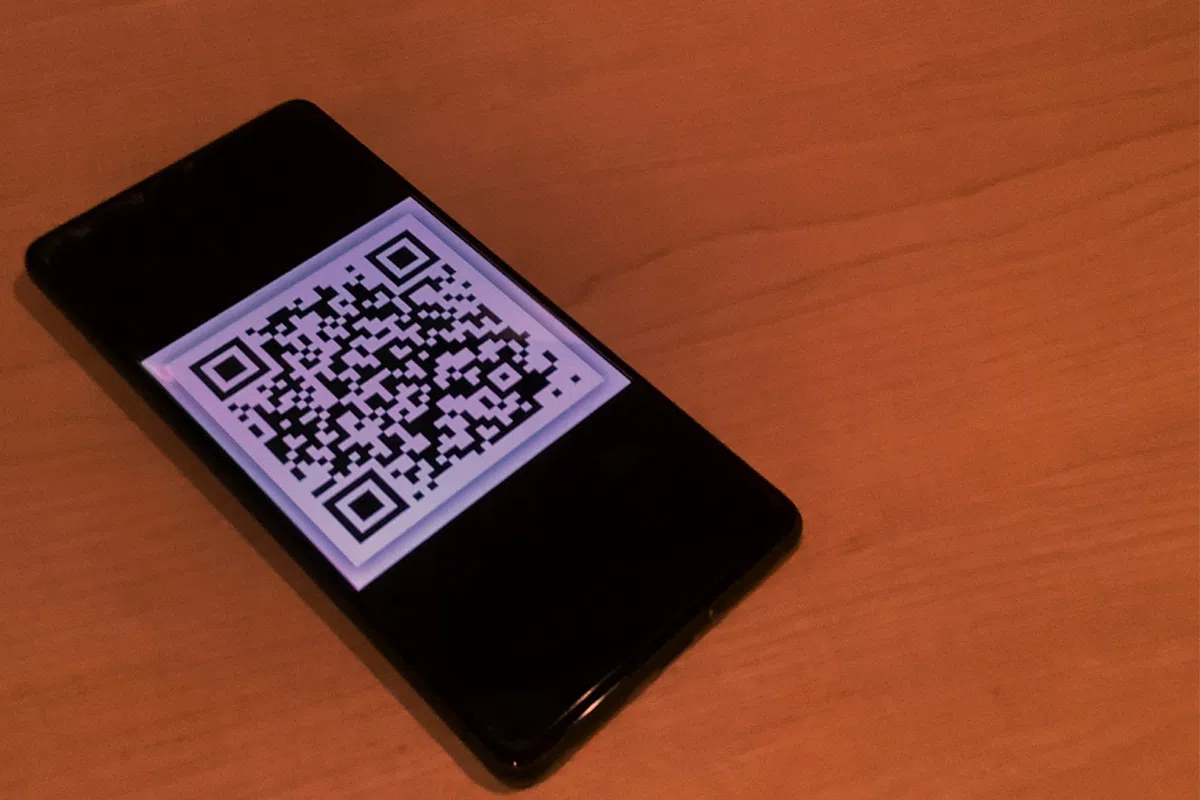
The QR code shown on this phone could lead to a malicious webpage used to steal personal data or financial information. (Teresa Zell, CMRU.ca)
A new scheme has recently emerged involving packages that people didn’t order, and certainly containing something they don’t want: a malicious QR code that steals their data, or worse, their credit card information.
How the scam works
Unsuspecting victims find a mystery package on their doorstep that contains a QR code. When people see this code, curiosity may get the better of them, causing them to scan it and end up on a malicious webpage. This website may scam people by:
- Asking for financial details, such as credit card information
- Prompting them to download an app onto their phone
- Requesting personal information like their name and phone number
People can protect themselves by following safety guidelines provided by the FBI’s Internet Crime Complaint Center (IC3). These recommendations include:
- Being wary of packages you didn’t order (especially if they don’t include sender information, like a return address)
- Not scanning QR codes of unknown origins
- Avoiding unfamiliar websites if they ask for personal information
What you can do
If you think you might be a victim of a scam such as this one, it’s important to report it to law enforcement such as the Canadian Centre for Cyber Security to help stop others from being scammed in the future.
Securing your data is a must, which can be done by changing your passwords and tightening your account privacy settings. If you think you might be a victim of financial fraud, contact your bank to cancel any cards that might have been compromised by one of these QR code scams.



Comments